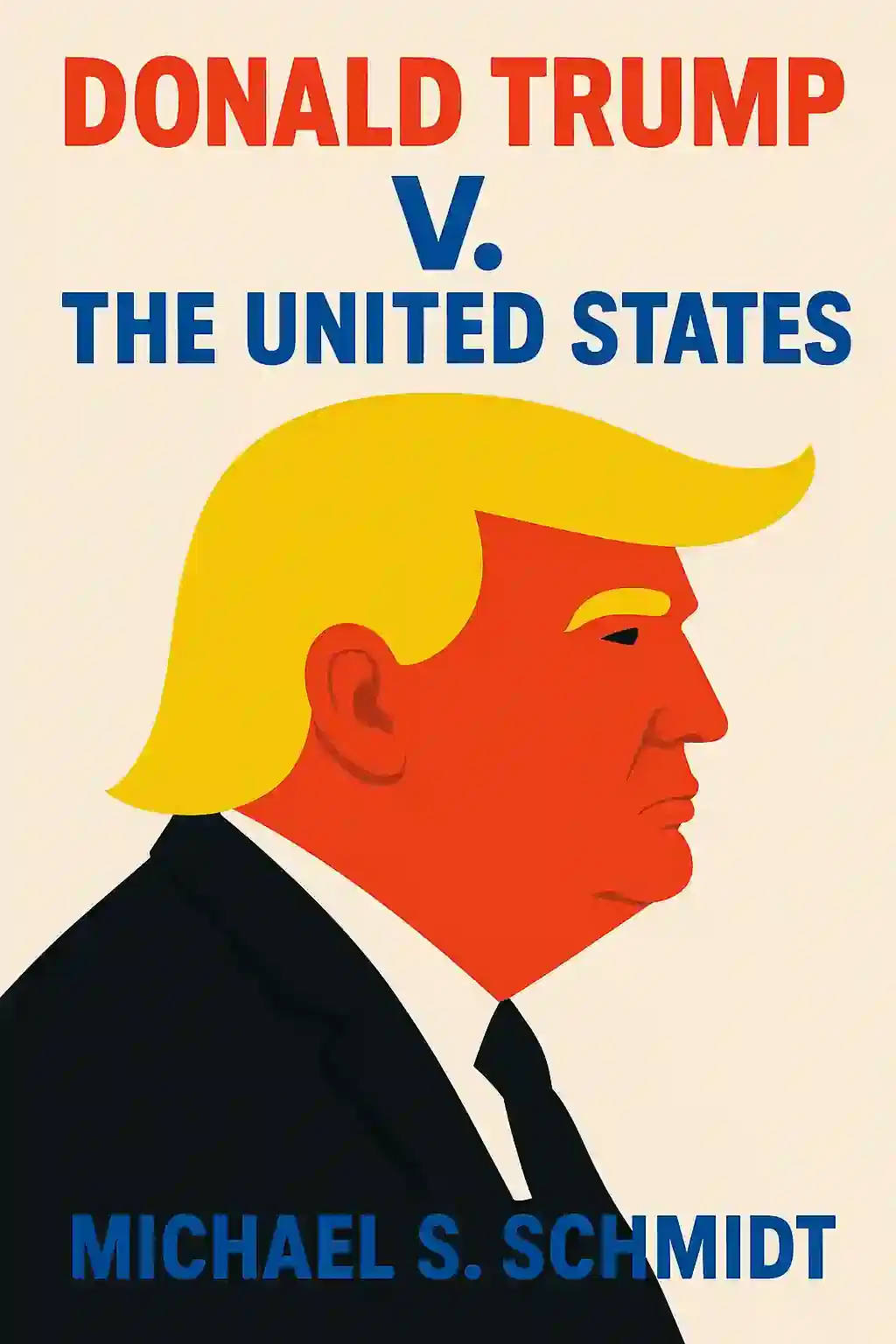What is
Siege: Trump Under Fire about?
Siege: Trump Under Fire provides an explosive insider account of Donald Trump’s presidency during its second year, focusing on the chaos within the White House, the Mueller investigation, and Trump’s growing isolation. Michael Wolff portrays a leader increasingly unmoored from advisers, facing legal threats and internal rebellions while clinging to an unshakable belief in his invincibility.
Who should read
Siege: Trump Under Fire?
This book is ideal for readers interested in behind-the-scenes political drama, Trump’s presidency, or modern political journalism. It offers granular details about White House operations, making it valuable for historians, journalists, and anyone analyzing the intersection of personality and power in governance.
Is
Siege: Trump Under Fire worth reading?
Yes, for those seeking a visceral account of Trump’s presidency. Wolff’s narrative, criticized by some for reliance on anonymous sources, provides documented insights into pivotal events like the Mueller investigation and Trump’s fraught relationships with aides. Critics argue it sensationalizes, while supporters praise its unflinching portrayal of administrative dysfunction.
How does
Siege compare to Michael Wolff’s
Fire and Fury?
Fire and Fury chronicled Trump’s chaotic first year, while Siege delves into his second year, marked by escalating legal threats and a defiant, isolated president. Both books use insider accounts, but Siege emphasizes Trump’s deteriorating political and legal position post-Mueller investigation.
What are the main criticisms of
Siege: Trump Under Fire?
Critics question Wolff’s reliance on unnamed sources and anecdotal storytelling. The White House dismissed it as “tabloid gossip,” while journalists debated its factual rigor. Wolff defends his methodology, citing 200+ interviews and cross-verification processes.
Does
Siege provide new information about the Mueller investigation?
Yes. The book details Trump’s obsession with Mueller’s “witch hunt,” his legal team’s strategies, and how the probe intensified internal White House tensions. Wolff argues the investigation exposed Trump’s vulnerability despite his public bravado.
How does Michael Wolff verify his sources in
Siege?
Wolff claims to cross-check accounts with documents, emails, and multiple witnesses. In Siege, he openly addresses criticisms of his sourcing, stating he prioritizes corroborated testimonies over single-source claims.
What role does Steve Bannon play in
Siege?
Bannon emerges as a behind-the-scenes influencer, offering Trump strategy remotely while expressing frustration over the administration’s disarray. Wolff depicts Bannon as both a critic and a reluctant participant in Trump’s political drama.
How does
Siege portray Jared Kushner’s influence?
Kushner is shown navigating diplomatic efforts, particularly in Middle East policy, but often clashing with other advisers. Wolff suggests Kushner’s lack of experience exacerbated internal conflicts and policy missteps.
What does
Siege reveal about Trump’s relationship with Vladimir Putin?
The book describes Trump’s controversial 2018 Helsinki summit with Putin, highlighting Trump’s reluctance to confront Russian interference allegations. Wolff frames this as part of Trump’s broader disdain for U.S. intelligence agencies.
How does
Siege describe Melania Trump’s role in the administration?
Melania is portrayed as privately critical of Trump’s behavior, particularly during the #MeToo movement. Wolff suggests her influence was limited but strategic, focusing on selective public appearances.
Why is
Siege: Trump Under Fire still relevant in 2025?
The book remains a case study in presidential accountability, media scrutiny, and the consequences of unchecked executive power. Its themes resonate amid ongoing debates about leadership norms and legal challenges facing former presidents.














